Why Kids Need Nature!
When I was a kid, I’d be out the door first thing in the morning and back home when the sun set. I can’t even remember eating.
Not far from our home there was a foothill to the small mountain behind our house with an old growth pine forest covering the hillside. The dense pine canopy limited the undergrowth, so it was nice and open beneath the branches.
There was bedrock on the hill, and water would seep out between its layers in the early part of winter, slowly flow down the hill, and freeze over. And then it would snow, so we had a perfect combination of white fluff on the sides (to cushion potential crashes) and a center run that was almost sheer ice, and fast. Our Radio Flyer sleds had steel runners and a crossbar handle that bent the runners left or right to make you feel like you had control.
The run was only about 500 feet, but to us it seemed like a mile, and we would do it over and over and over again, all day long, up and down the steep hill, up and down. No supervision, no rules, just lots of exercise, and free, natural play we happened to discover one day.
Summertime was glorious, and freed us to travel further on our bikes to other parts of town, discovering backyards, stream corridors, swamps, wildflowers, and tall trees.
We don’t live far from my hometown, so I frequently visit the old neighborhood just to check it out. It’s more developed and the lower part of the small mountain behind our old home is now crisscrossed with roads and yards and fences and everything else that curbs wild exploration. But higher on the mountain there are still expanses of woods and forests and streams and rock outcroppings that will always be there and always beckoning, but apparently not to today’s children.
Young families continue to move in with lots of children, but the neighborhood is dead. No groups of kids gathering together to plan the day. No laughter, no street games, no pickup baseball, no sledding, nothing. Not even on weekends.
Roaming the neighborhood used to offer an excellent opportunity to experience all kinds of natural, discovery-oriented play, but most kids don’t do this anymore. Not only are their parents more protective (so their kids aren’t allowed outside on their own), but kids themselves are busy with organized sports and weekend games, after school activities, increased homework, and being plugged into TVs, computers, electronic games, or social websites for hours a day.
Further, their outdoor play is limited to metal, plastic, or wooden equipment in playgrounds surrounded by chain-link fences, so free, natural play is just not possible for most children.
What’s troubling about this is many children don’t like this play situation one bit and would rather have what I had. Further, numerous studies prove that the lack of natural play opportunities is bad for their health.
In a recent survey of 543 children commissioned by the Children’s Play Council, the British Market Research Bureau found that almost 90% of children “would rather play in natural spaces such as gardens, parks, and local fields building dens and getting muddy, to playing computer games,” and that nearly three in four children would like to play outside more often.
Taylor says that exposure to the natural world improves the ability of children to concentrate (2002), Crain says it increases their powers of observation and creativity (2001), Pyle says it improves their awareness, reasoning, and observational skills (2002), Wells & Evans say it increases their ability to deal with stress and adversity (2003), and Grahn, Fjortoft, and Sageie say that children who play regularly in natural environments show more advanced motor fitness, including coordination, balance, and agility, and are sick less often (1997, 2000).
Other research shows that exposure to the natural world helps children to more easily assimilate geographical, ecological, analytical, problem-solving, and critical thinking skills, and to better integrate math, science, language arts, and the social sciences.
So, does play in a natural environment offer amazing benefits to the overall well-being of children? Yes, we all know that, yet here’s where it begins to get interesting.
Playgrounds are built by adults, and typically they don’t ask children for advice. So back in 2002 we thought it might be a novel idea to survey children and get them to tell us about their favorite outside play activities - just to see what they’d say. Then, we reasoned, we could design playgrounds that let kids play the way they prefer.
Over the years we’ve asked over 6,000 children about their favorite outside play activities, and sure enough, 95% prefer playing in natural environments. They want all the things we preferred when we were kids: playing in the leaves, climbing trees, looking for bugs, climbing on rocks, and making forts. They also want places for quiet reflection, listening to the wind, and watching things grow and change. They like building and inventing things, exploring and discovering, playing in the dirt, playing in the rain, and socializing.
Years ago we began asking the parents of these children what their favorite outside play activities were when they were kids, and their lists were identical to those of their children. They climbed trees, made forts and mud pies, dammed up water, dug in sand, jumped in leaves, rolled down hills, picked dandelions, held insects, straddled logs, played with maple seed helicopters, made sand castles, played with sticks, splashed in puddles, ran through tall grass, touched butterflies, and made snowballs.
So we ask them: if you liked these things when you were kids, and your own children like the very same things today, why aren’t you working hard to give it to them? Natural play environments are what children require, it’s what they want, it’s what you wanted when you were a child, so how much more convincing do you need?
We made a short list of places where children should be able to experience natural play activities:
- School settings are an obvious possibility, except that recess is being banned in many school districts across the country because of perceived academic needs, so they don’t provide a reliable opportunity for kids to experience natural play. But even in schools where short recesses are scheduled, most of the playgrounds are equipment-based and don’t provide any kind of natural play experiences.
- Public parks are another obvious possibility. These range from small, in-town parks, to large municipal parks, to state, regional, or national parks, and all of them usually have areas set aside for playgrounds. But for some inexplicable reason, these are also manufactured and provide no natural play experiences within them.
It certainly is baffling when we find ourselves in a park with woods, streams, ponds, boulders, and fields of wildflowers, looking at a collection of brightly colored, plastic and metal (and sometimes wooden) equipment surrounded by a 4 foot high chain link fence with a “Playground” sign on it.
These enclosed playground squares found in most of our parks are perfect examples of how we’ve worked so hard to keep our children fenced in and nature fenced out - in contrast to natural playgrounds that “used to stretch from Saskatchewan to Colorado, and from Idaho to Missouri,” as the chief of a Native American tribe in South Dakota told us when we were designing a Natural Playground on his reservation. - Roaming the neighborhood in search of natural play experiences is not as easy as it used to be. Further, according to the US Census Bureau in 2010, almost 81% of the US population lives in urban areas where parents are even more protective, so unless parents or some organized group take children to a place where they can experience natural play, they won’t.
Children aren’t getting what they need where they should be able to find it, so who can help them find ways to play in nature and get healthier?
You can. You’re reading this magazine because you have an interest in how children play, and if you’re convinced that they need natural play environments, then work hard to bring them to your school grounds and communities. They used to be the only place in which children played, but today natural playgrounds are not generally considered a bona fide play option, so they’re not an easy sell.
Most of the resistance will come from committee members (who may have already invested hours researching equipment options), administrators who are not aware of the natural play research, or parents who question their children’s safety. Parents lean toward manufactured playgrounds, because equipment has been laboratory tested to be safe (even though in 2006, the American Orthopedics Association said that the approximately half-million reported injuries on equipment-based playgrounds each year cost the US almost $13 billion every year), and because parents don’t have “proof” that trees, gardens, hills, water, rocks, sand, and grass are safe for their children.
So you’re the one who can have a big influence in your local community if you bring the research to government and school leaders. Show them the statistics. Show them why children need to touch, smell, feel, and experience the natural world. Convince them that natural play is critical for the well-being of their children.
And then sit back and watch nature do her work.
About the Author
Ron King, Architect, President of the nation’s oldest and largest Natural Playgrounds design and construction company, has set the standard for the design of safe, beautiful, sustainable, and lower cost Natural Playgrounds. For the past 15 years, Ron has been fighting for the rights of all children to spend more time in natural play environments as a way of controlling obesity, improving overall well-being, and encouraging more interactive and integrated learning. He and his son, Ethan, design and build Natural Playgrounds throughout the US. Ron has a BA Cornell University, Masters of Architecture, University of Pennsylvania.
References:
- Crain (2001), Crain, W. (2001). How nature helps children develop. Montessori Life, Summer 2001
- Fjortoft, I. & Sageie, J. (2000). The natural environment as a playground for children: Landscape description and analysis of a natural landscape. Landscape and Urban Planning, 48(1/2), 83-97
- Miller, Dana L., Kathy Tichota, and Joyce White (2009). Young Children Learn Through Authentic Play in a Nature Explore Classroom. Dimensions Educational Research Foundation. http://www.dimensionsfoundation.org/research/authenticplay.pdf
- Taylor (2002), Taylor, A.F., Kuo, F.E., & Sullivan, W.C. (2002). Views of nature and self-discipline: Evidence from inner city children, Journal of Environmental Psychology, 22, 49-63.
- Wells & Evans (2003) Wells, N.M. & Evans, G.W. (2003). Nearby nature: A buffer of life stress among rural children. Environment and Behavior, 35(3), 311-330

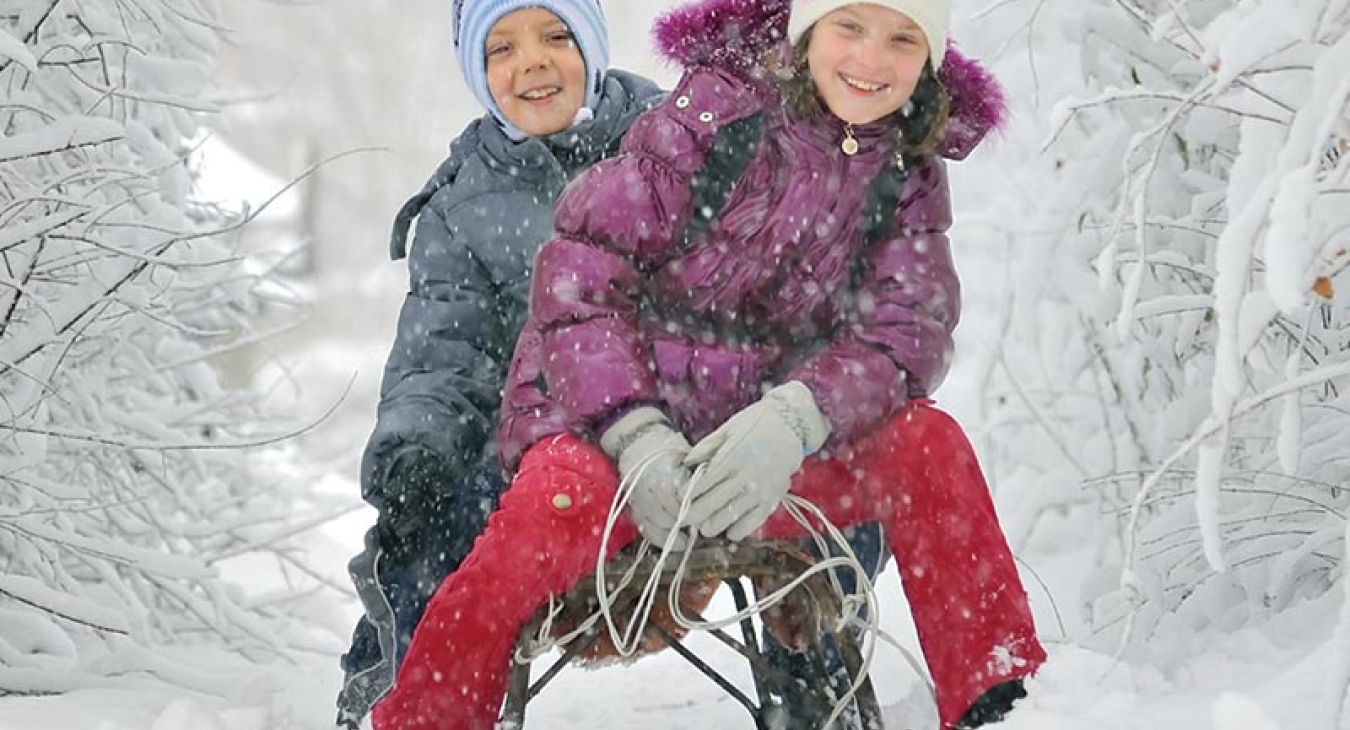
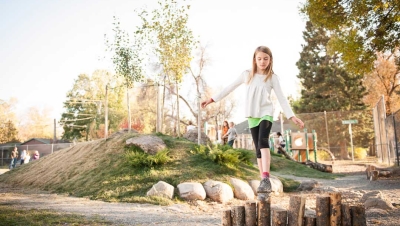
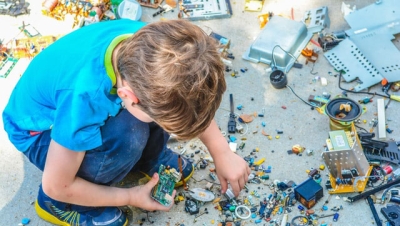

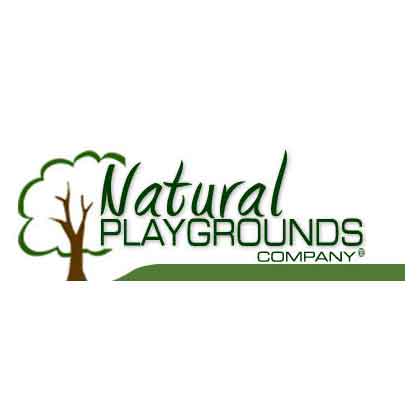
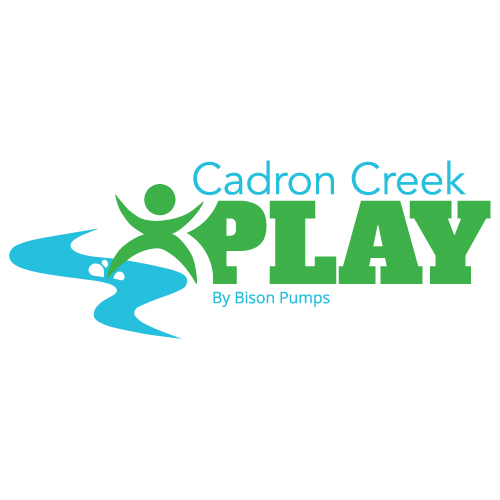

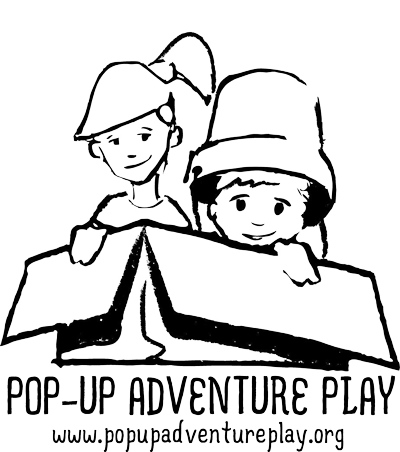
Add new comment